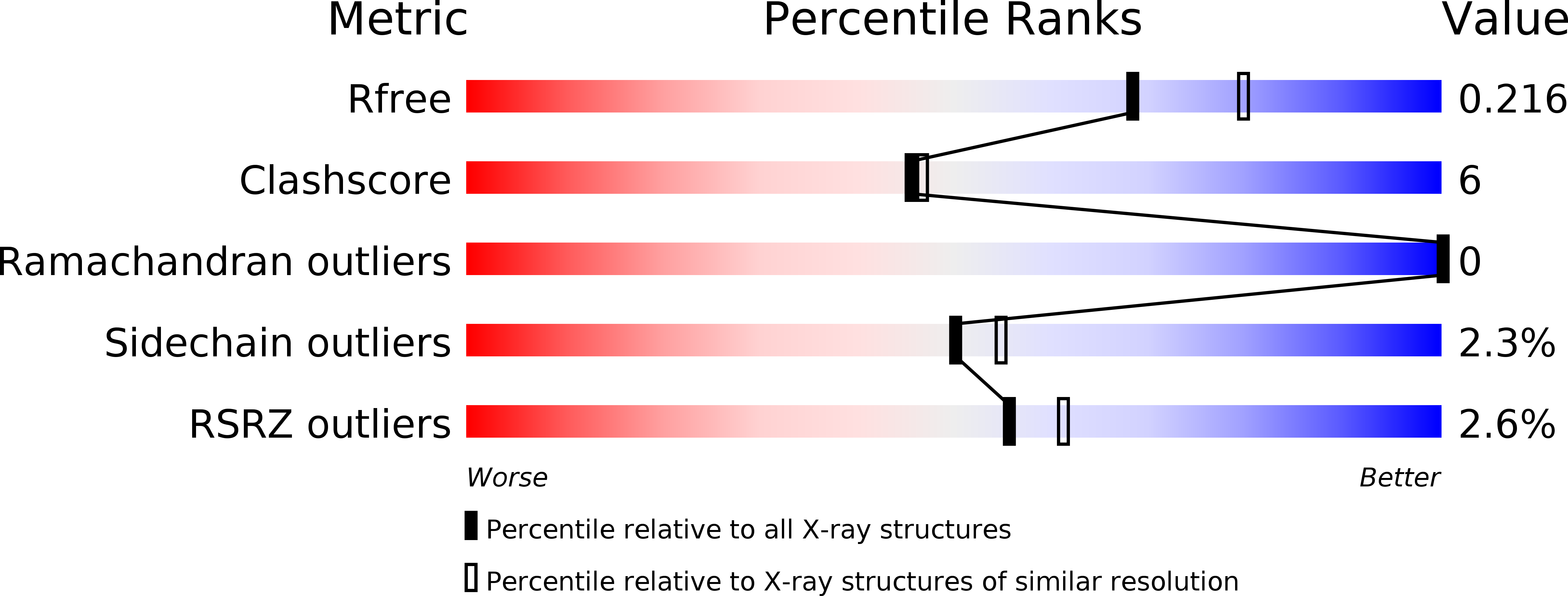
Deposition Date
2009-10-29
Release Date
2010-04-07
Last Version Date
2023-09-06
Entry Detail
PDB ID:
3KGG
Keywords:
Title:
X-ray structure of perdeuterated diisopropyl fluorophosphatase (DFPase): Perdeuteration of proteins for neutron diffraction
Biological Source:
Source Organism:
Loligo vulgaris (Taxon ID: 6622)
Host Organism:
Method Details:
Experimental Method:
Resolution:
2.10 Å
R-Value Free:
0.21
R-Value Work:
0.17
R-Value Observed:
0.17
Space Group:
P 21 21 21


